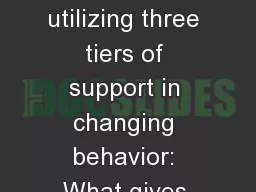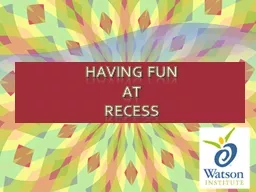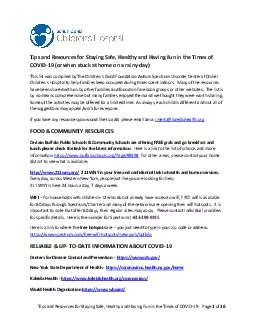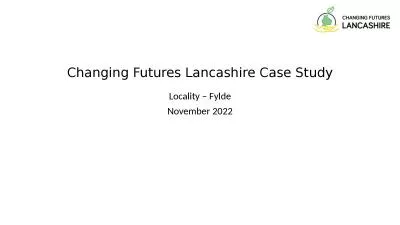PPT-Having fun changing behavior
Author : min-jolicoeur | Published Date : 2017-05-26
Laura a riffel phd Positive Behavioral Interventions and Supports 35 Behavioral Expectations Taught Telling isnt teaching and being told is not the same as being
Presentation Embed Code
Download Presentation
Download Presentation The PPT/PDF document "Having fun changing behavior" is the property of its rightful owner. Permission is granted to download and print the materials on this website for personal, non-commercial use only, and to display it on your personal computer provided you do not modify the materials and that you retain all copyright notices contained in the materials. By downloading content from our website, you accept the terms of this agreement.
Having fun changing behavior: Transcript
Download Rules Of Document
"Having fun changing behavior"The content belongs to its owner. You may download and print it for personal use, without modification, and keep all copyright notices. By downloading, you agree to these terms.
Related Documents














